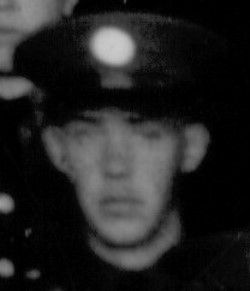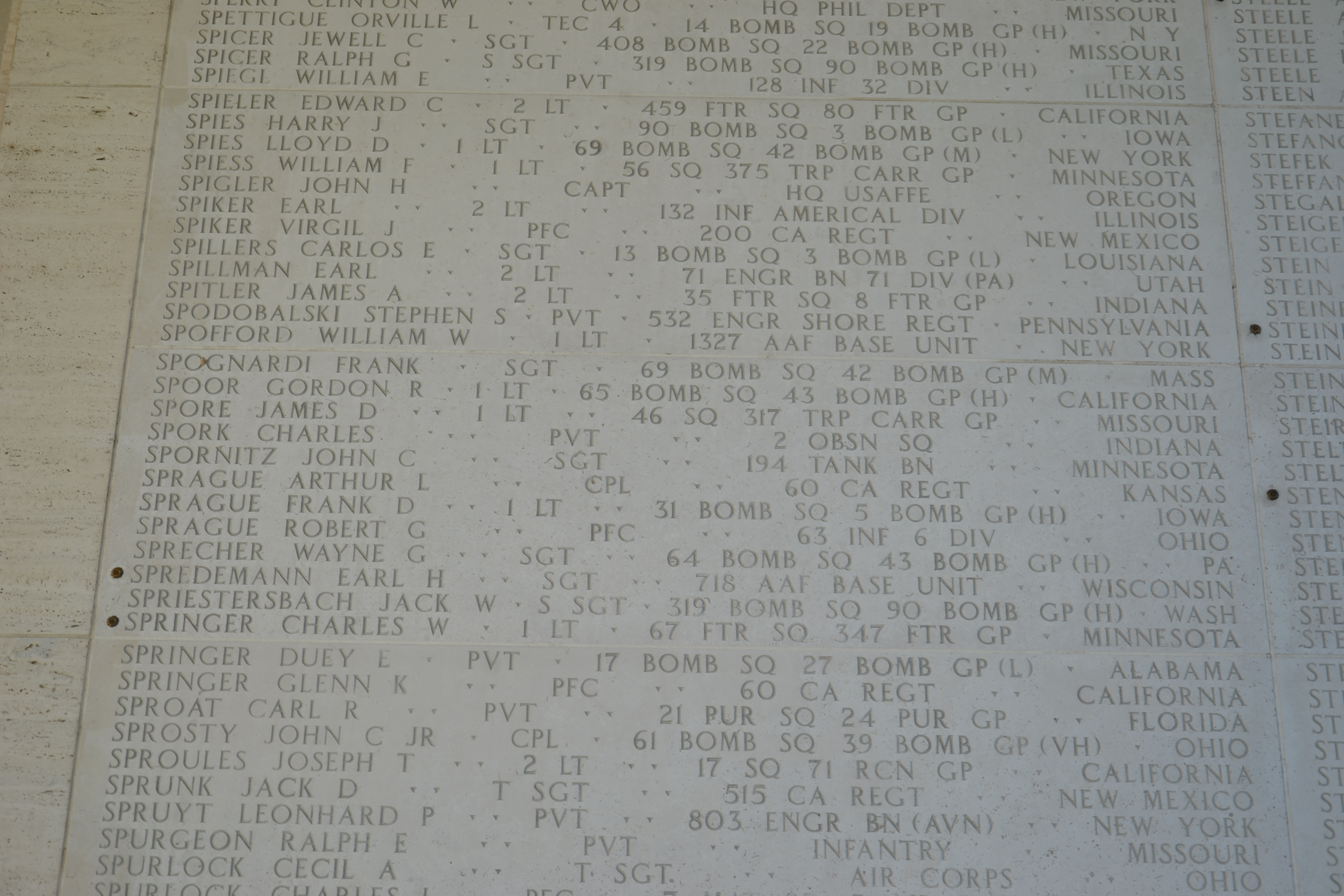~
John Spornitz was a member of A Company, 194th Tank Battalion. He fought on Bataan during the opening months of World War II. On April 9, 1942, he became a Prisoner of War and took part in the death march.
As a POW, he was held at Camp O'Donnell and Cabanatuan in the Philippines. He was selected for transport to Japan, from the Philippines, in early October 1944. His POW detachment was sent to the Port Area of Manila. The ship his detachment was scheduled to sail on was ready to depart, but the entire detachment had not arrived. Another POW detachment was not ready to sail but their ship was. The Japanese swapped POW detachments so the ship could sail.
1803 Prisoners of War were boarded onto the Arisan Maru on October 11, 1944. The ship sailed and anchored in a cove off Palawan Island. It returned to Manila ten days later where it sailed as part of a convoy. On October 24, 1944, late in the day, the ship was in the Bashi Channel of the South China Sea. The POWs, on deck preparing dinner, watched the Japanese run to the bow of the ship a torpedo past in front of the ship. Moments later, the guards ran to the stern as another torpedo passed behind the ship. The ship shook and came to a stop. It had been hit by two torpedoes amidships. The POWs were forced back into the holds and the Japanese covered the hatch openings with their covers. They then abandoned ship.
After the Japanese were gone the POWs climbed onto the deck. Most had survived the attack. Those POWs who could not swim raided the food lockers. They wanted to die with full stomachs. For two hours, the ship got lower and lower in the water. At some point, it broke in two. POWs took to the water on anything that floated. Some swam to nearby Japanese ships, but they were pushed away by Japanese sailors with poles. Five men found an abandoned lifeboat that had no oars. During the night, they heard the cries for help which faded away until there was silence. Only nine men survived the sinking. Eight survived to the end of the war.
~
John Spornitz was a member of A Company, 194th Tank Battalion. He fought on Bataan during the opening months of World War II. On April 9, 1942, he became a Prisoner of War and took part in the death march.
As a POW, he was held at Camp O'Donnell and Cabanatuan in the Philippines. He was selected for transport to Japan, from the Philippines, in early October 1944. His POW detachment was sent to the Port Area of Manila. The ship his detachment was scheduled to sail on was ready to depart, but the entire detachment had not arrived. Another POW detachment was not ready to sail but their ship was. The Japanese swapped POW detachments so the ship could sail.
1803 Prisoners of War were boarded onto the Arisan Maru on October 11, 1944. The ship sailed and anchored in a cove off Palawan Island. It returned to Manila ten days later where it sailed as part of a convoy. On October 24, 1944, late in the day, the ship was in the Bashi Channel of the South China Sea. The POWs, on deck preparing dinner, watched the Japanese run to the bow of the ship a torpedo past in front of the ship. Moments later, the guards ran to the stern as another torpedo passed behind the ship. The ship shook and came to a stop. It had been hit by two torpedoes amidships. The POWs were forced back into the holds and the Japanese covered the hatch openings with their covers. They then abandoned ship.
After the Japanese were gone the POWs climbed onto the deck. Most had survived the attack. Those POWs who could not swim raided the food lockers. They wanted to die with full stomachs. For two hours, the ship got lower and lower in the water. At some point, it broke in two. POWs took to the water on anything that floated. Some swam to nearby Japanese ships, but they were pushed away by Japanese sailors with poles. Five men found an abandoned lifeboat that had no oars. During the night, they heard the cries for help which faded away until there was silence. Only nine men survived the sinking. Eight survived to the end of the war.
Inscription
SGT 194 TANK BN
Sponsored by Ancestry
Advertisement
Explore more
Sponsored by Ancestry
Advertisement



